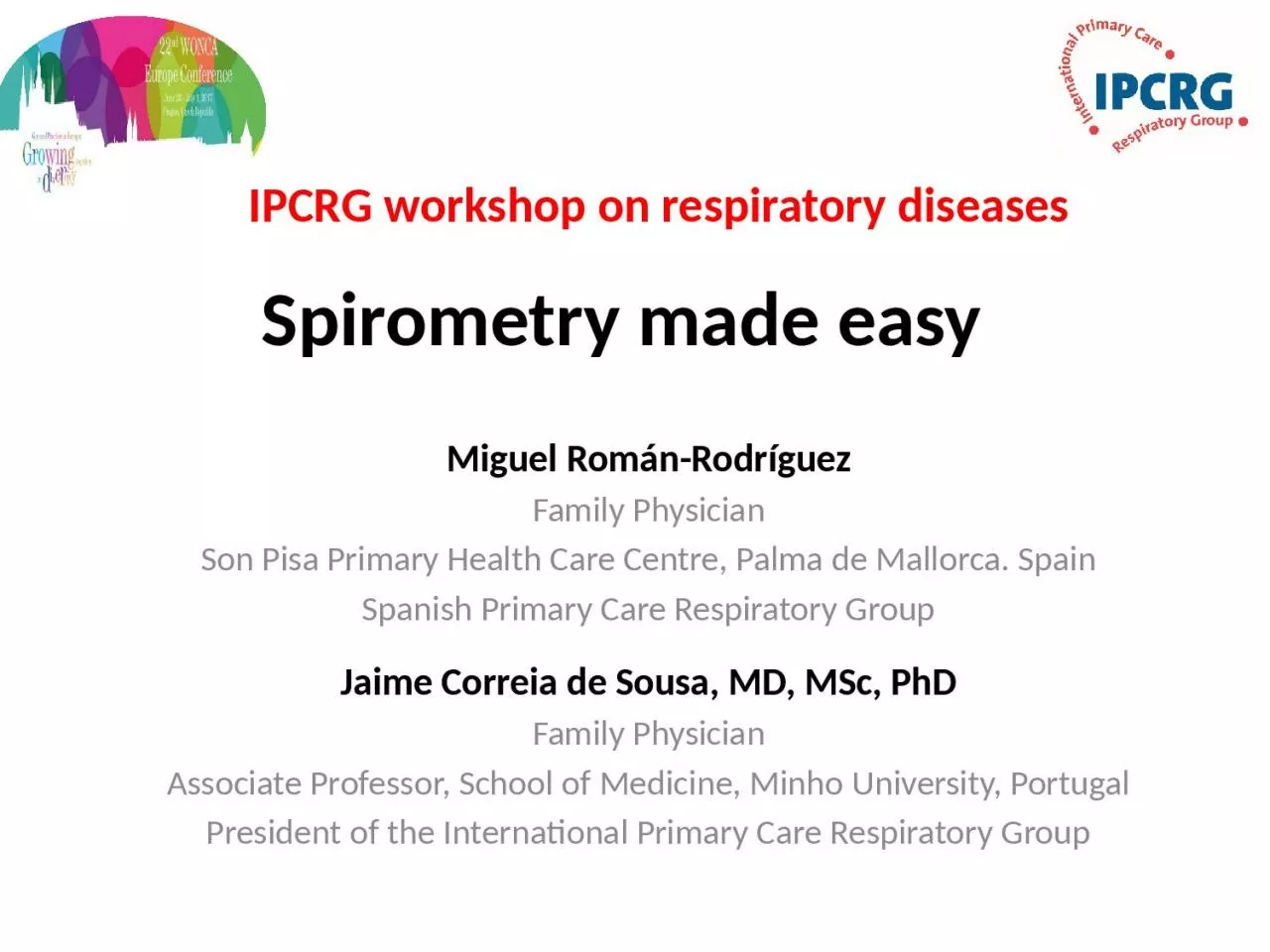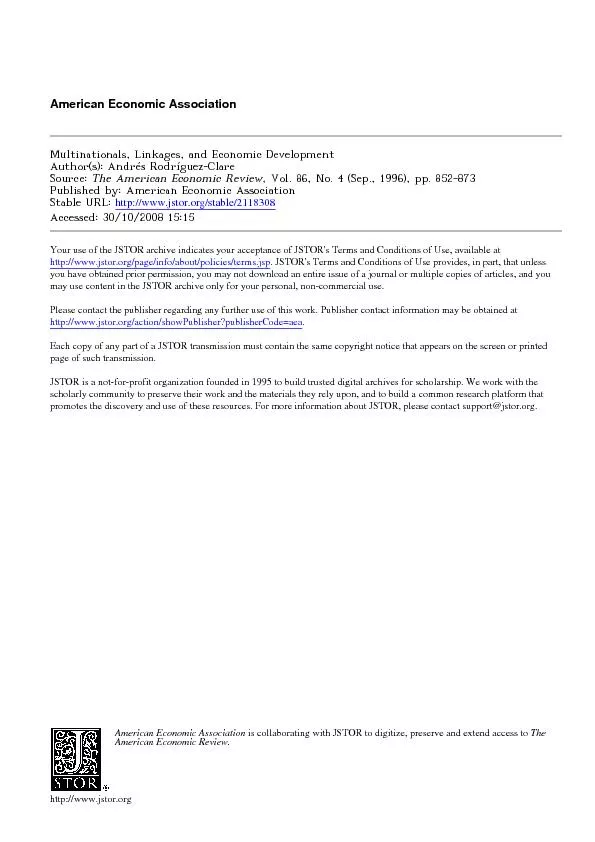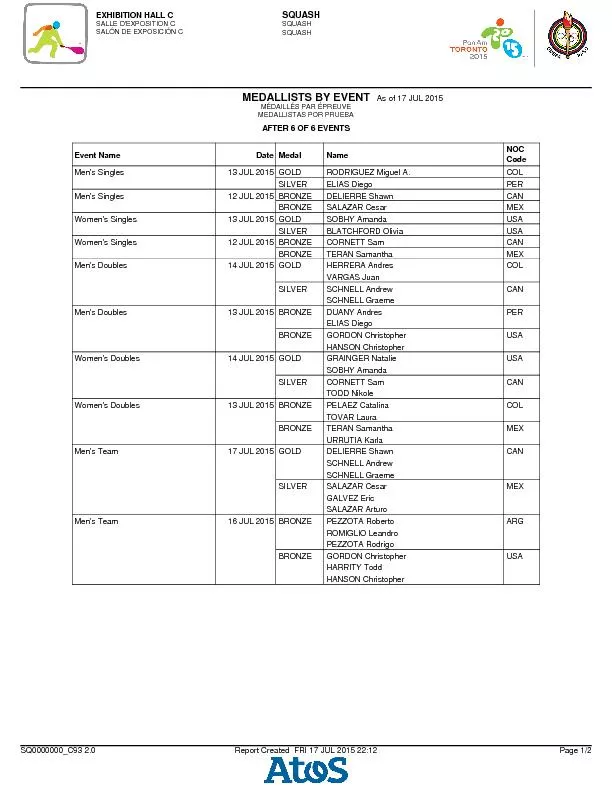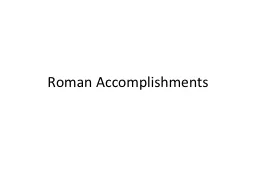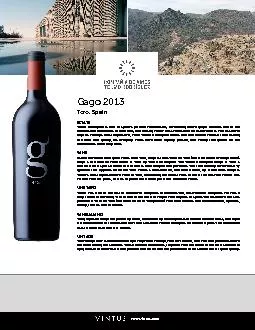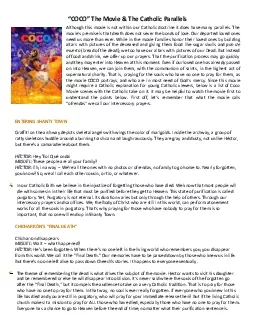PPT-Miguel Román -Rodríguez
Author : jacey | Published Date : 2024-03-15
Family Physician Son Pisa Primary Health Care Centre Palma de Mallorca Spain Spanish Primary Care Respiratory Group Jaime Correia de Sousa MD MSc PhD Family Physician
Presentation Embed Code
Download Presentation
Download Presentation The PPT/PDF document "Miguel Román -Rodríguez" is the property of its rightful owner. Permission is granted to download and print the materials on this website for personal, non-commercial use only, and to display it on your personal computer provided you do not modify the materials and that you retain all copyright notices contained in the materials. By downloading content from our website, you accept the terms of this agreement.
Miguel Román -Rodríguez: Transcript
Download Rules Of Document
"Miguel Román -Rodríguez"The content belongs to its owner. You may download and print it for personal use, without modification, and keep all copyright notices. By downloading, you agree to these terms.
Related Documents

